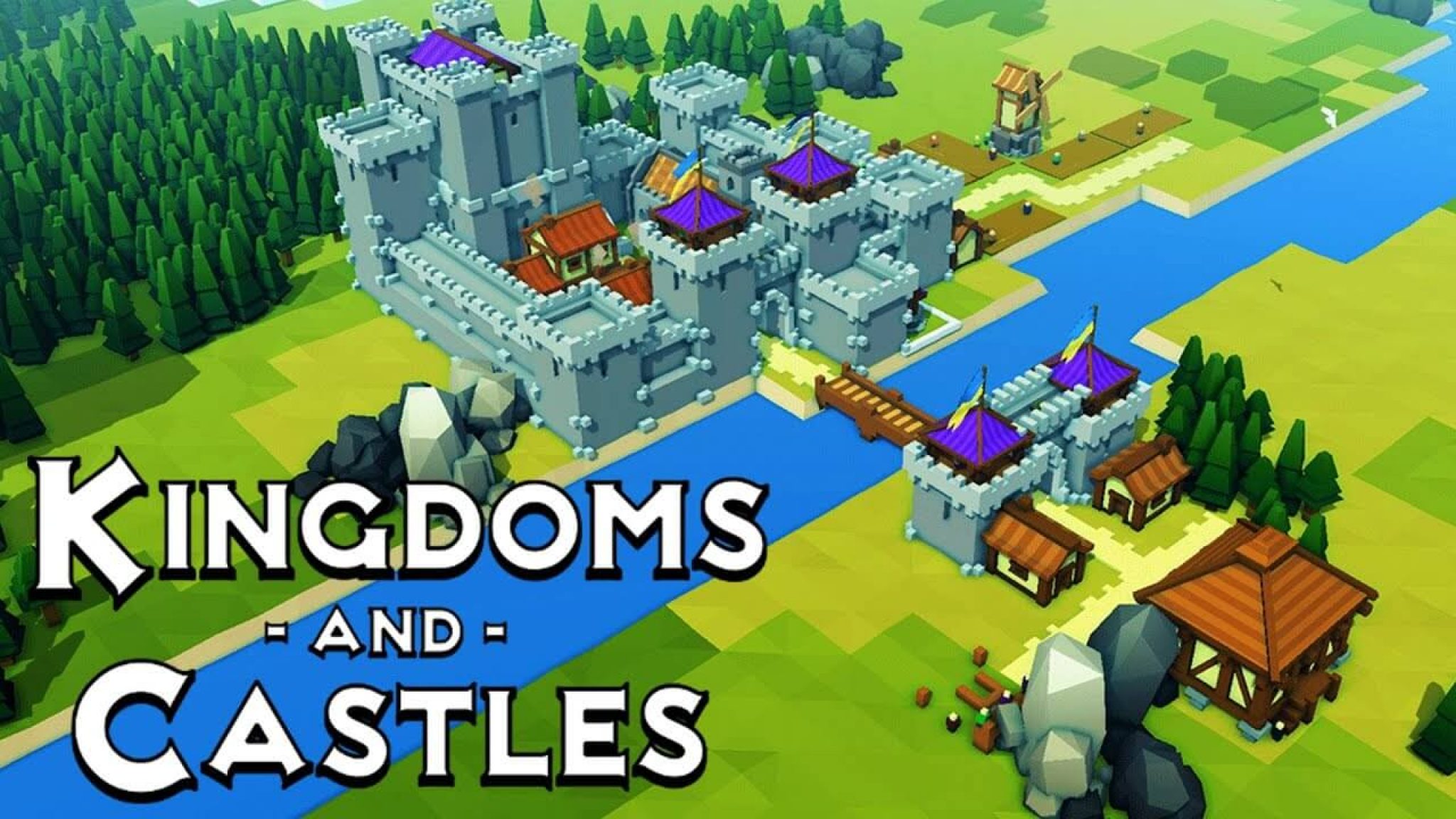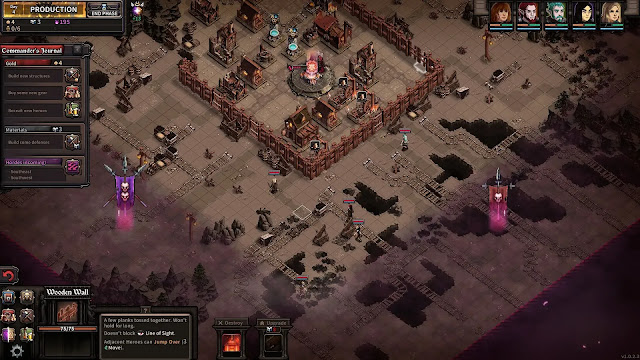Estimated Reading Time: 7 minutes.
As those of you who have been reading these posts so far,
this is all about what appealed to us personally. That doesn’t mean it was the
most technically advanced title, the one with the best story or any other
singular metric that reviewers look for in a title. We simply enjoyed them for
whatever reasons.
Robert:
Xbox: Halo: Combat Evolved
There were a lot of skeptics about Microsoft's new home console being successful (not while in the midst of a Nintendo v. Sony console competition), and adding to that skepticism was the doubt about the viability of a story-driven first-person shooter on anything other than a PC. Microsoft's original Xbox console along with Halo: Combat Evolved laid those concerns to rest.
That doesn't explain why it's on this list, though ... Sure, Halo: CE was a good game, but given all of the amazing games that you can find on Microsoft's maiden voyage into home consoles ... I chose the most obvious? Seems shallow.
Except it's not, not at first glance at least. By the time that Halo: CE released, my brother (to whom I am very close) had graduated from the US Air Force Academy and moved to the other side of the country and I took it hard. When he came home for Christmas that year, he did so with some Xboxes in tow. That entire holiday vacation, he and I played Halo: CE non-stop... first on normal, then on heroic, then finally on legendary. To me, Halo: CE is more than just a damn-fine shooty-shooty-bang-bang space marine game ... It's an entire universe that I got to first experience with one of my biggest role models.
It's hard for much to stand up against that...
PlayStation 2: Final Fantasy XII
For all of the absolutely amazing games on the PlayStation 2, I went with one that's both head-scratching and understandable at the same time. Final Fantasy XII was a weird beast of a title. Building it's combat and party system off of the long-running Final Fantasy XI MMORPG combat mechanics and paring it with a highly customizable Gambit system which allowed you to micromanage a companion AI. I personally enjoyed it almost as much as I enjoyed Final Fantasy VII's Materia system, though I couldn't care less for the initial FFXII leveling board/license system; to me it felt like an evolution to the Jobs system (which was later expanded upon in the Remaster so the North American version matched the more robust and just plain better, EU/International version) and that was okay with me at the time.
Where Final Fantasy XII trumps all other titles on the platform, it actually occupies this space for a very different reason than one would expect... See, I wasn't able to play FFXII until well after launch, and the opportunity arose for me to pick up an affordable PS2 just before my daughter was born. The one game I picked up for it? Final Fantasy XII. I spent my parental leave/vacation time with her in my arms while I played FFXII from start to finish. To me, it's far, far more than just a video game ... it's a precious memory that I will cherish for the rest of my days.
Pierre-Yves:
PlayStation 2: Prince of Persia: The Sands of Time
It took a while to figure out what to put here… By this
time, I had finally really started to work and could afford, put that in
quotations as these games were my paychecks… the games that I wanted to play.
Xenosaga Part 1, .Hack//, .Hack//G.U., Castlevania: Lament of Innocence and so,
so much more.
But above all of those, Ubisoft’s Prince of Persia Trilogy,
and especially the first, had me coming back again and again and again. The
platforming mechanics, the wall running, the puzzle solving, maybe not as
stellar by today’s standards but this at the time set the bar and without it?
No Assassin’s Creed.
PlayStation Portable: Ys Seven
Here was another platform that had some great titles however
Ys Seven is king here. Not only is it a great title, it brought the Ys Series
back and without it? There would be no Ys VIII: Lacrimosa of Dana, Ys IX:
Monstrum Nox or upcoming Ys X: Nordics. Falcom brought back our red haired
adventure Adol and I was so happy to continue his adventures as prior to that
the most that I had been able to play was Ys VI: The Ark of Napishtim which there
was zero regret on picking that up off of the used game shelf at an EB Games
all those years ago. The Canadian equivalent at the time before they eventually
rebranded into just GameStop to match the US.
Xbox: Fable
The original Xbox in some ways is a slim pick for me if only
because I didn’t get an Xbox until AFTER I got an Xbox 360. I know, it’s weird.
That said, I played a lot of Xbox with friends, Dead of Alive 6, Halo, and
Fable.
Fable was another one of those open world do whatever you
want titles that chipped away at my hesitancy to get into it. I like my linear
story with some open spaces, FFX and FFXIII are prime examples, but in this
case, as nothing more than a Chicken Chaser, it was up to me to figure out…
everything. What did I want to do? Did I want to get buff? Play with magic?
Stay agile and nimble? Do all of the above? The world was my oyster and I’ve
gone back to it plenty of times over the years.
Sadly Fable 2 and Fable 3 just couldn’t carry that same
magic…
Richard:
PlayStation 2: Trapt
Oof, the PS2 choice was extremely difficult for me. There
are so many amazing PS2 games I could list off. It's where I started my over
2000 hours in the Monster Hunter franchise, it had some great RPGs like .hack,
as well as one of my top 3 favorite game series of all time: Xenosaga. Now,
while I would usually espouse Xenosaga as my favourite game, that's only
because people look at me weird for liking Trapt. While both Xenosaga Episode 1
and Trapt are probably tied for my favorite game of all time, I'm listing Trapt
here as my favorite due to just how... I don't know, weirdly fulfilling it
feels? An entry in the Deception franchise, marketed as Kagerou 2: Dark
Illusion in Japan, Trapt is a game about, well, essentially murdering people
with different Indiana Jones style traps you set up in the mansion you're
hiding out in. With three main and rather distinct different endings, some
really cool trap configurations and implementations, as well as one of my favorite
cut-ins in a game ever: the Man-Eating Music Box. Trapt is...definitely clunky
and by no means perfect. The subtitles are iffy for sure, and the plot can be
difficult to follow. It's also gratuitously violent, but I love it all the
same.

Xbox: Black Stone: Magic and Steel
Alright, time for the weirdest entry in my listing: Black
Stone: Magic and Steel. This game is sort of a Gauntlet Legends rip-off but
done really poorly. The game is objectively pretty bad. But you know what? It's
got memories and hours of fun(?) spent with friends. This is a game that's my favorite
Xbox title you should probably never play.
Nintendo DS: Knights in Nightmare
I'm pretty sure some of the other reviewers are gonna give
me weird looks for this one, but Knights in the Nightmare is my Nintendo DS
pick for my favorite game. It's...horribly complicated, both theoretically from
a gameplay perspective and from a storyline perspective. It's an eldritch mash
up of turn-based strategy, RPG, real-time strategy, and bullet hell. Sound
weird? It is, but hey, I've got a thing for games that try and redefine a genre
or to create their own. Knights in the Nightmare was rough, it had an insanely
long tutorial, and a steep learning curve. But you know what? The sheer
uniqueness of the entire experience is what drew me in. Hands down this is my favorite
DS title, even beating out others of my personal favorites like Luminous Arc
and Castlevania: Dawn of Sorrow.
Nick:
Sony PlayStation 2: Final Fantasy X
This was another really tough one. There were so many games,
from Romance of the Three Kingdoms X, to Tekken titles to the endless hours of
Madden my buddy Landon and I played. Still, I’d be remiss in not putting Final
Fantasy X at the top of this list. Why? Because I was late to the PS2 party,
but one of my best friends was heading out of town for a couple of weeks and
loaned me his, with his copy of Final Fantasy X. It was love at first site with
that fantastic opening sequence (Auron was the man), the pounding rock music
and gorgeous visuals that still make up one of my favorite video gaming scenes
of all time. I was about 2/3 of the way through that game when my buddy came
back and wanted his system back. My wife, her aunt and my dad teamed up to buy
me a PS2 with my own copy of Final Fantasy X that year for Christmas and it’s
still my sentimental favorite of the series.
Microsoft Xbox: SoulCalibur II
This was my introduction to what would become one of my
favorite fighting franchises of all-time. Seriously – Soul Calibur IV was my
first review back when I started this site up (posted on 11/13/2009). This
series has stuck with me over the years, and with good reason. It was not the
first time I had played a 1-on-1 fighter with weapons (I believe that honor
goes to Samurai Showdown), but the speed, graphics and music made this a
memorable title indeed, as my buddies and I would play this on one TV on
Sundays, while watching NFL games on the other TV right next to it. Ah, the
college years…
Sony PlayStation Portable: Crisis Core: Final Fantasy VII
Having taken years off from playing handheld gaming systems,
the PSP was revolutionary to me. The number of console-quality games on it was
mind-boggling, and I played a ton of them. Almost all of my favorites though,
where of the Final Fantasy variety. Between Tactics, Dissidia and some of the remakes,
there were plenty to choose from. However, Crisis Core: Final Fantasy VII
connected with me on a slightly different level. Likely in large part due to my
affinity for the original Final Fantasy VII, but when the ending came to pass,
even though I had sunk so many hours into the game, I felt like it was over too
soon.
Article
by Robert, Pierre-Yves, Richard, and Nick

















































